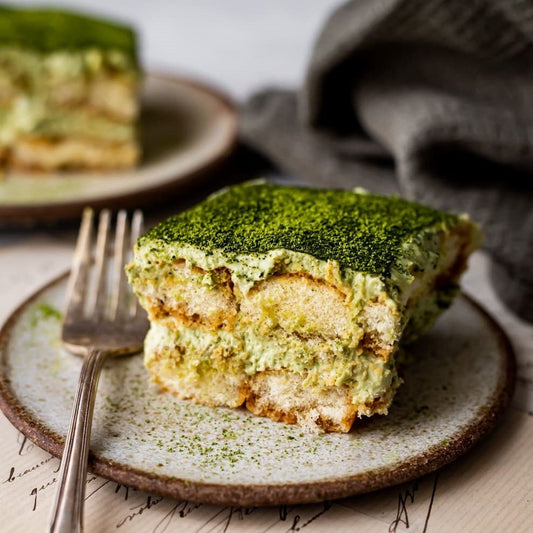Oolong Tea - A Cultural Gem
Oolong tea, known for its unique taste, flavour, and aroma, has enjoyed a rich cultural heritage in China and Taiwan for over 4 centuries. From the misty mountains of Fujian to tea-drinking cultures globally, this post explores Oolong tea's cultural heritage in China and Taiwan.

1. The History of Oolong Tea: Ancient Roots
Oolong tea, or "black dragon tea," has its roots in the Qing dynasty, originating in China's Fujian mountainous regions. Processed uniquely, it's known for its fruity, floral, and nutty flavour.
2. The Art of Making Oolong Tea: A Generational Skill
Making Oolong tea is an art form in China and Taiwan. The process involves careful plucking, wilting, shaking, oxidizing, rolling, drying, and roasting. Every step is crucial to its unique flavour and aroma.
3. Oolong Tea as a Cultural Symbol: Hospitality and Harmony
In China and Taiwan, Oolong tea symbolizes hospitality, respect, and social harmony. Used in ceremonies like weddings and business meetings, the tea-pouring artistry is often compared to a choreographed dance.
4. Oolong Tea as a Health Elixir: A Natural Healer
Recognized for its medicinal properties, Oolong tea is rich in antioxidants and other compounds that boost metabolism, lower blood pressure, and improve overall well-being.
5. Oolong Tea in the Modern World: A Global Treasure
Oolong tea's popularity has grown globally, leading to modern tea-making machines and unique blends. Its health benefits have made it a favourite among health enthusiasts.
A Living Cultural Legacy
Oolong tea in China and Taiwan is more than a beverage; it's a cultural heritage passed down generations. Its unique flavour, aroma, and health benefits make it an integral part of tea-drinking cultures worldwide, ensuring the cultural heritage continues to thrive.



